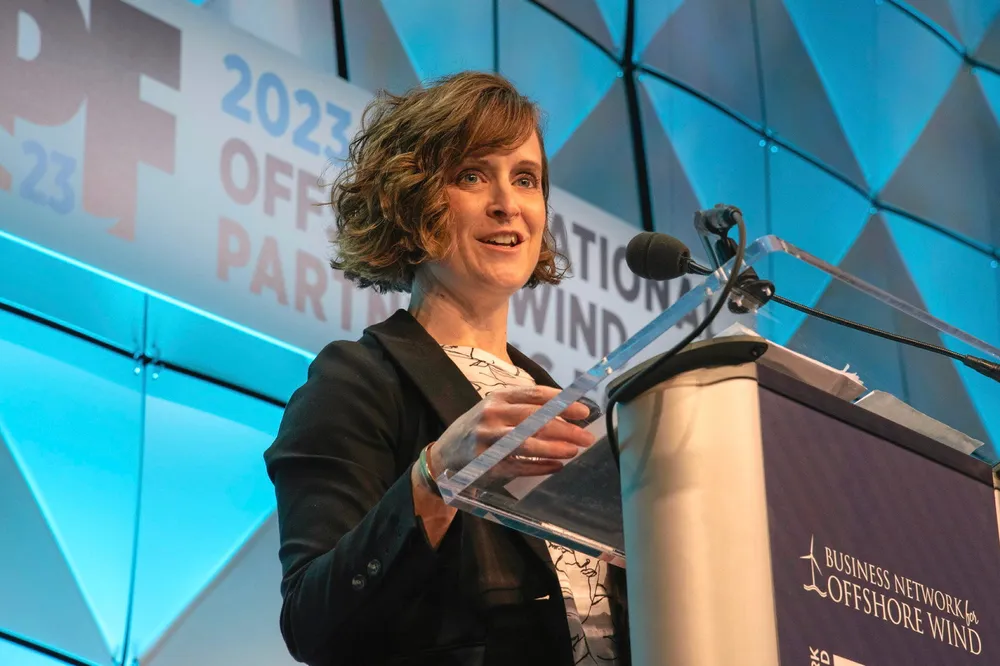BOEM issues research lease for 144MW floating wind array to state of Maine
US coastal regulator after environmental assessment earlier this year had already offered area to Maine and now executes lease at site 32 miles from coast

US coastal regulator, the Bureau of Ocean Energy Management (BOEM), has issued a research license to the State of Maine for an area allowing up to 12 floating offshore wind turbines capable of generating up to 144MW of green power.
The research array will allow the state, fishermen, wildlife experts, the offshore wind industry, and others to conduct in-depth studies and evaluate floating offshore wind as a renewable energy source in the region, BOEM said.
Floating wind development at the 15,000-acre area 32 miles (51 km) off the Maine coast is meant to evaluate its compatibility with existing ocean uses and assess its potential effects on the environment, supply chains, and job creation.
“Floating wind opens up opportunities to produce renewable energy in deeper water farther offshore,” BOEM director Elizabeth Klein said.
“Signing the Gulf of Maine research lease demonstrates the commitment by both BOEM and the State of Maine to promote a clean energy future for the nation.”
The project is still required to be the same size as originally proposed and any unused area must be relinquished back to BOEM.
Public-private partnership
VolturnUS hulls are based on bridgebuilding technology that can be readily produced from local materials and labour, said Habib Dagher, executive director of the UMaine Composites Center, which has been the driving force behind the project.
Commercial development
BOEM later this year is also slated to hold an auction for much larger offshore wind areas in the Gulf of Maine, with the potential to generate some 15GW of green power.
Maine governor Janet Mills said: “This lease between the State and BOEM to support the nation's first research array devoted to floating offshore wind technology is the result of extensive engagement with stakeholders and communities across our state to establish Maine as a leader in responsible offshore wind, in balance with our state's marine economy and environment.”
The administration of US President Joe Biden so far has approved the US’s first nine commercial-scale offshore wind projects with a combined capacity of more than 13GW.
Information from the research lease site regarding environmental and engineering aspects of the proposed project is slated to be used to inform future planning, permitting, and construction of commercial-scale floating offshore wind projects in the region.
Construction, however, isn’t likely to be carried out for several years, BOEM said.
MeRA would be the first project to utilise an offshore wind port facility in the state, identified by the Mills’ administration at Searsport, about 110 miles northeast of commercial centre Portland.
No final decision has been made on Searsport, though, and other sites are being looked at as well.
(Copyright)